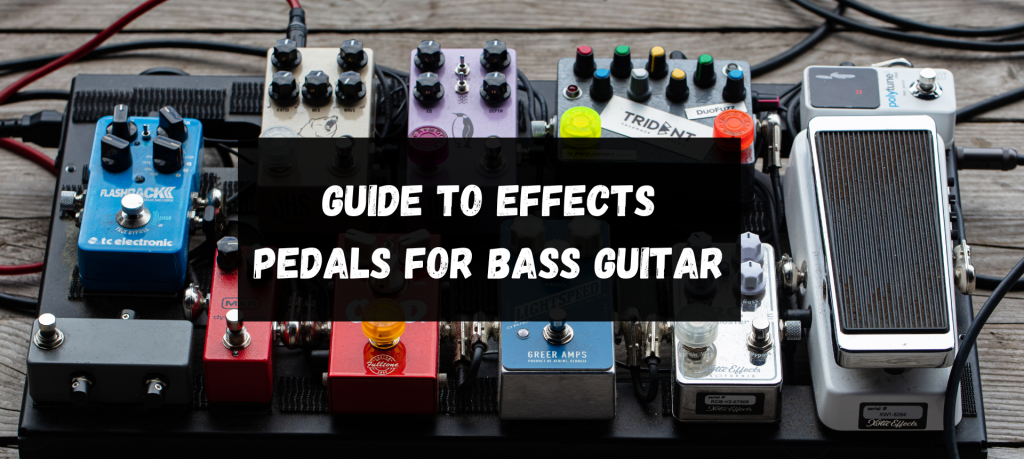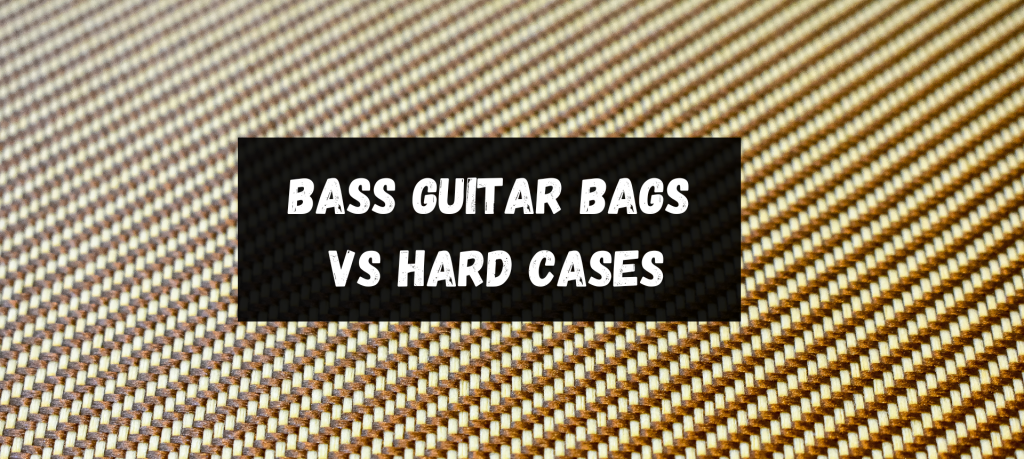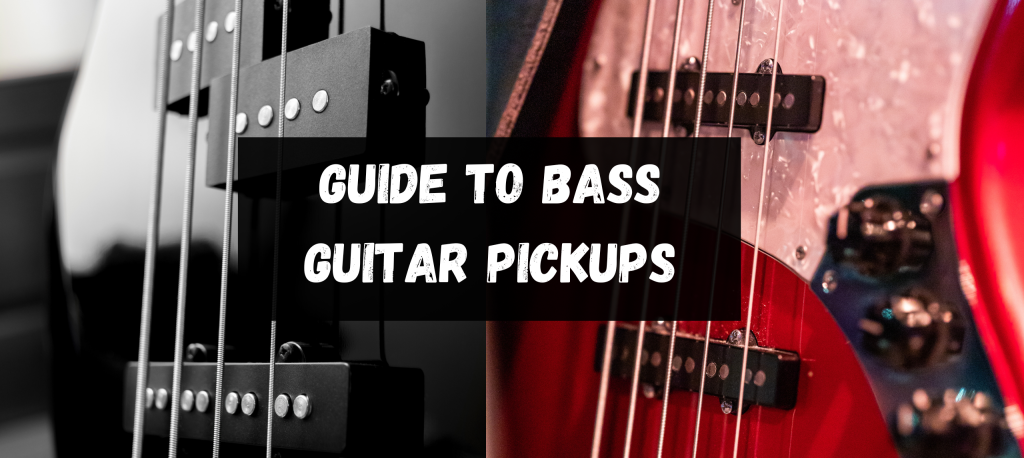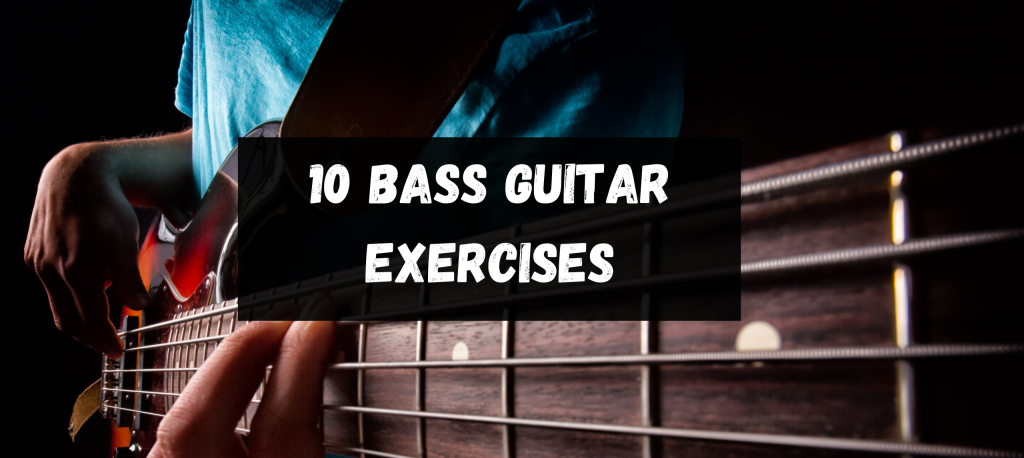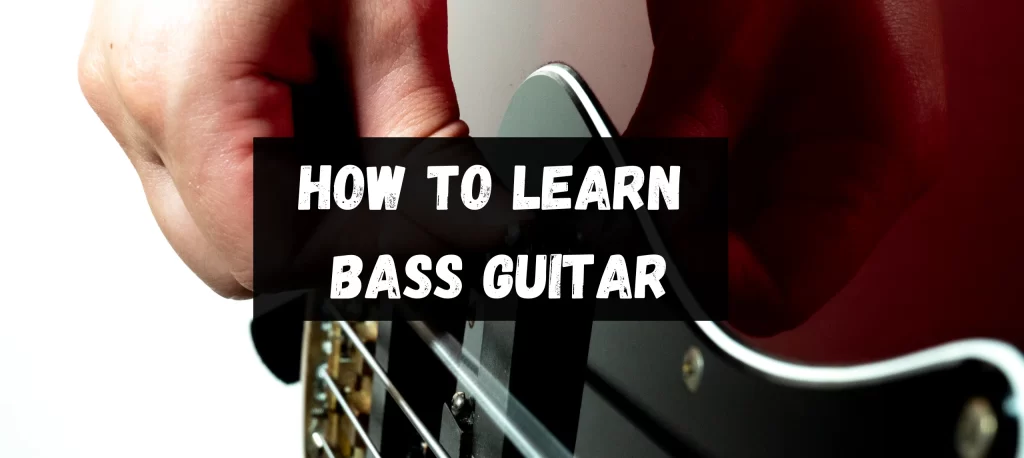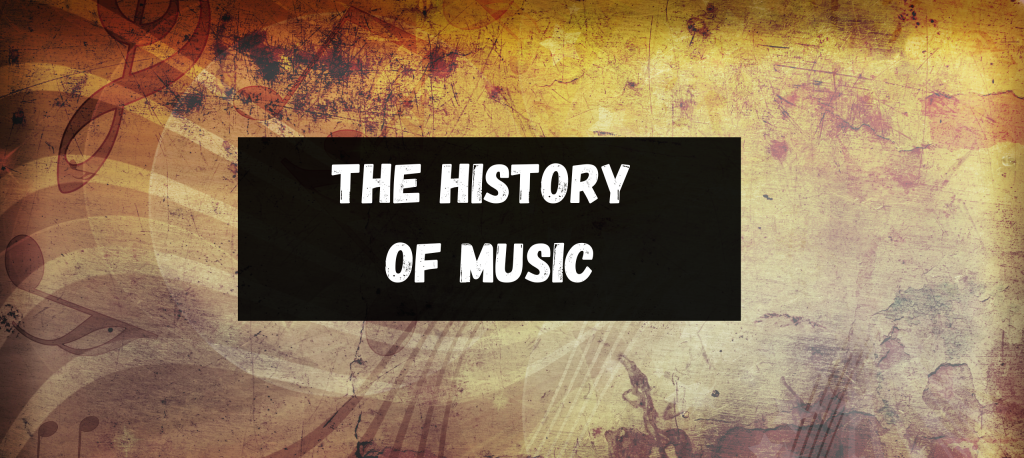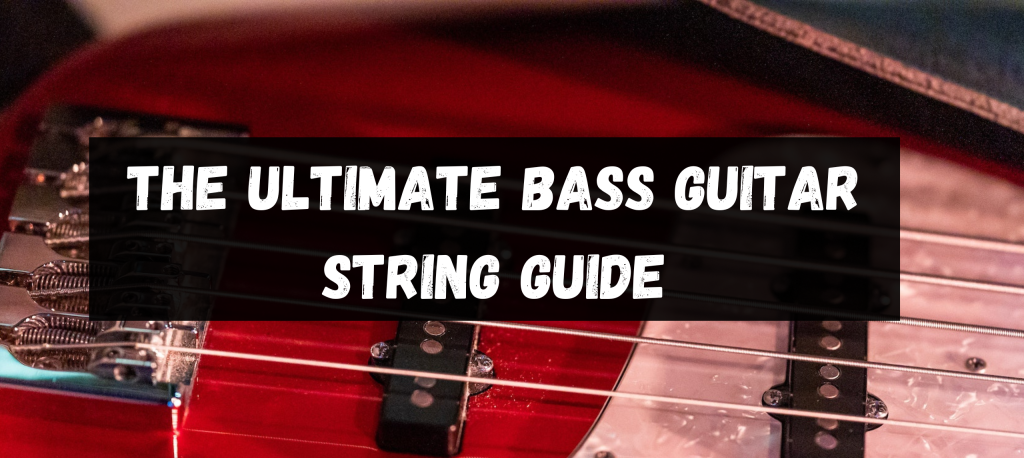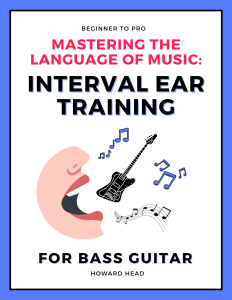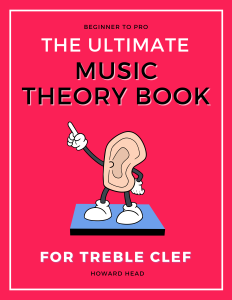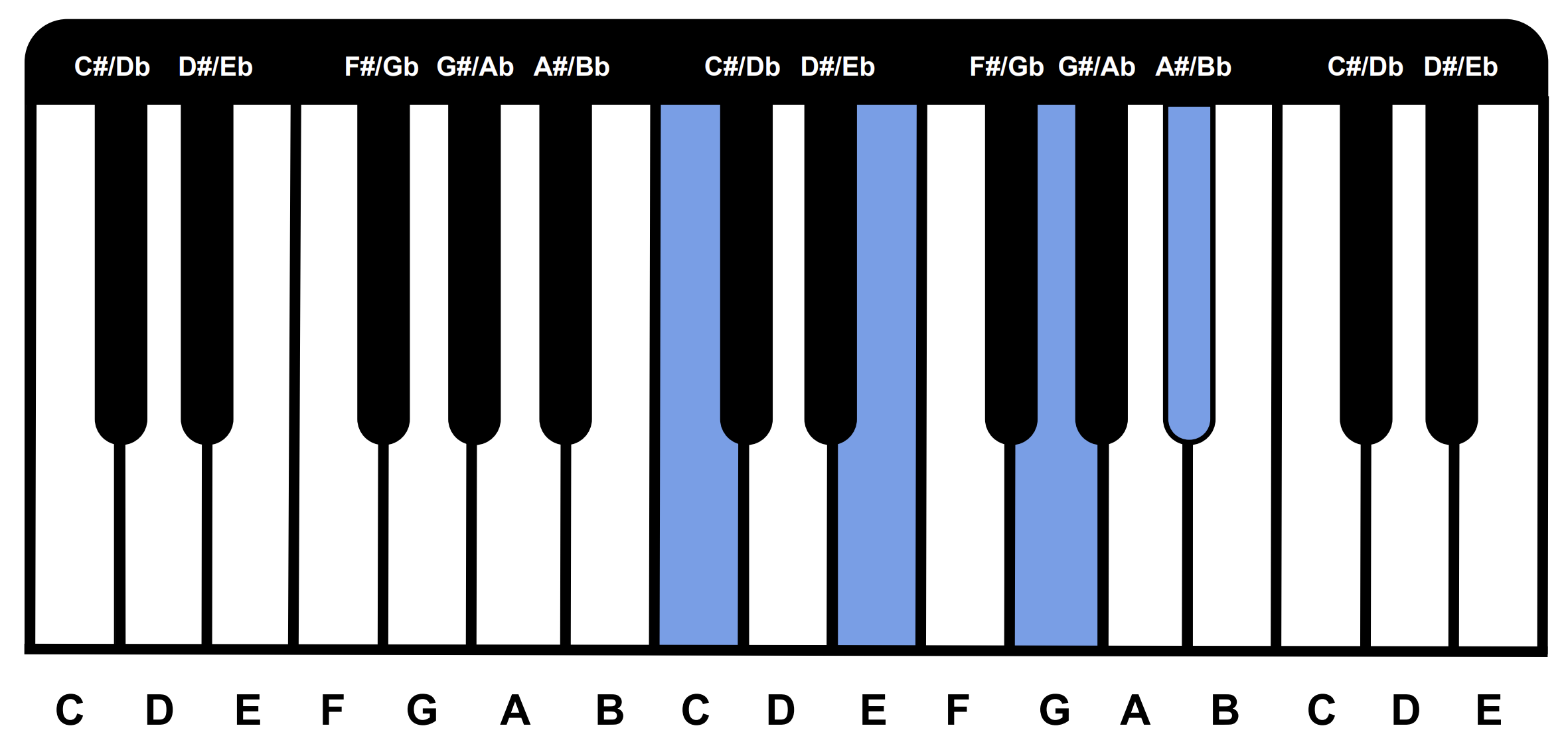
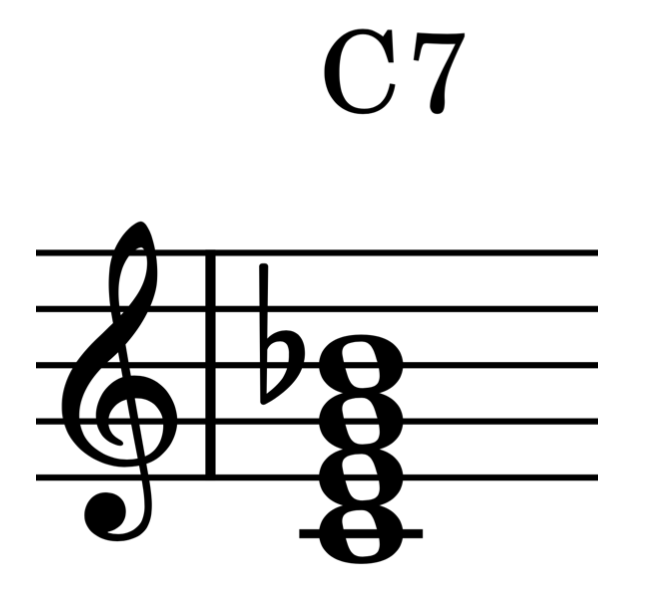
The C7 chord (also known as C dominant 7), is a dominant chord. It has a major triad with a minor 7th.
The notes in C7 are:
Bb
G
E
C
The harmony is ultimately determined by the chord’s root. Many arpeggios do, however, contain additional chords that you might allude to or overlay over the original chord. Taking the second note as an example, we obtain an E minor b5.
Bass

Treble
Arpeggio
A series of individual notes that form the chord are called an arpeggio. A chord tone is the name given to each note that makes up a chord.


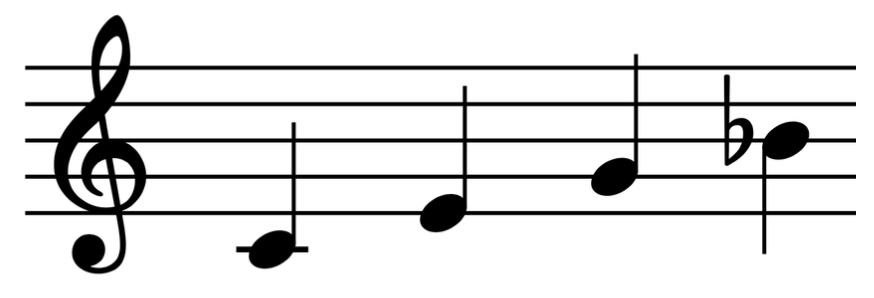
The Dominant Scale
The Dominant scale is perfect to use over C7



The Dominant scale (the mixolydian mode) is made up of the Ionian tetrachord and the Dorian tetrachord spaced a tone from each other.
C7 Backing Track
Practice playing along to C7 using The Dominant Scale.
Use your creativity to discover what lines you can play over the chord. To train your ear, make a conscious effort to internalise the sound.
If you’re experiencing difficulties coming up with new ideas, my books are filled with several variations on how to play intervals, scales, melodies, and more.
C-7b5 Inversions
1st Inversion - C7/E
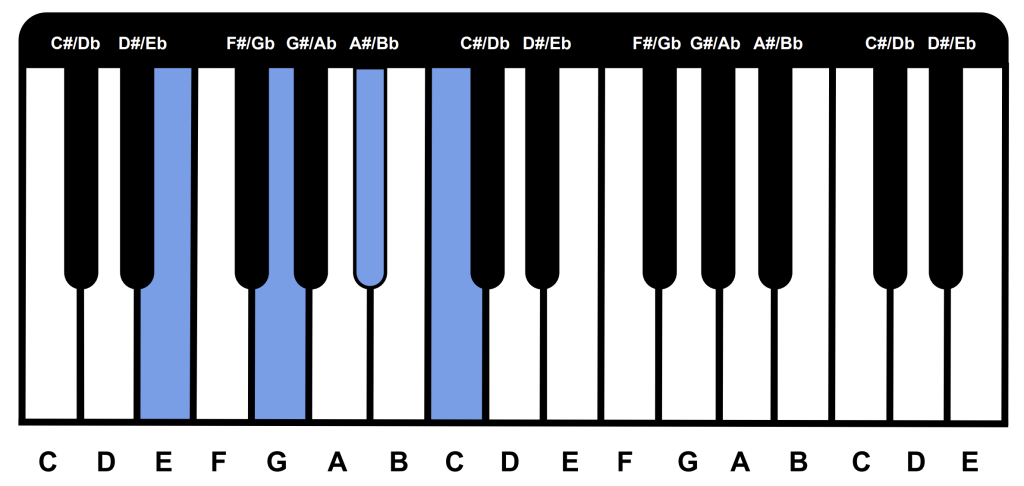
2nd Inversion - C7/G
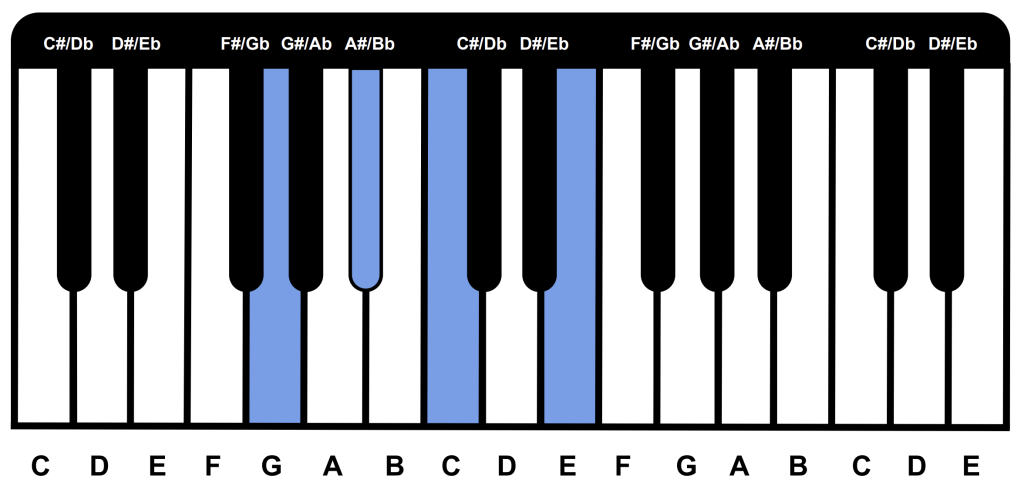
3rd Inversion - C7/Bb
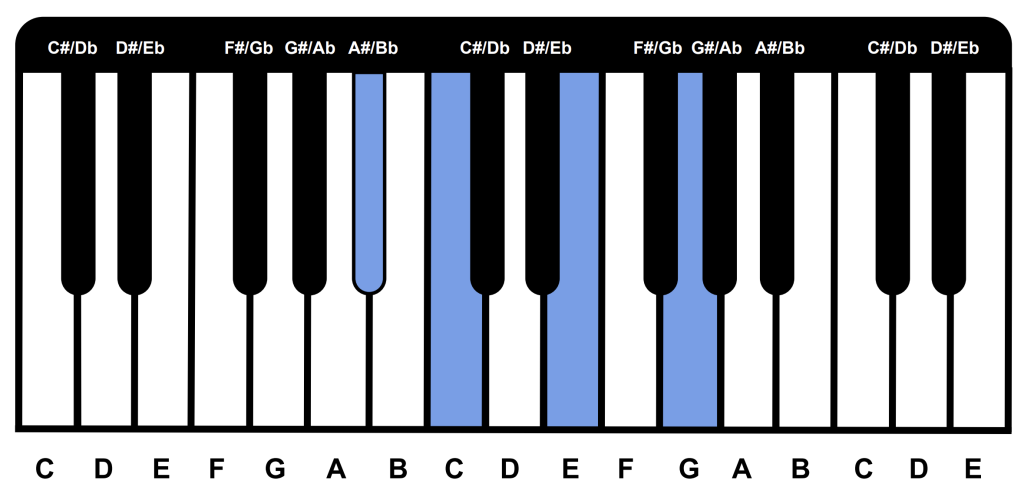
Drop Voicings
4 Way Close
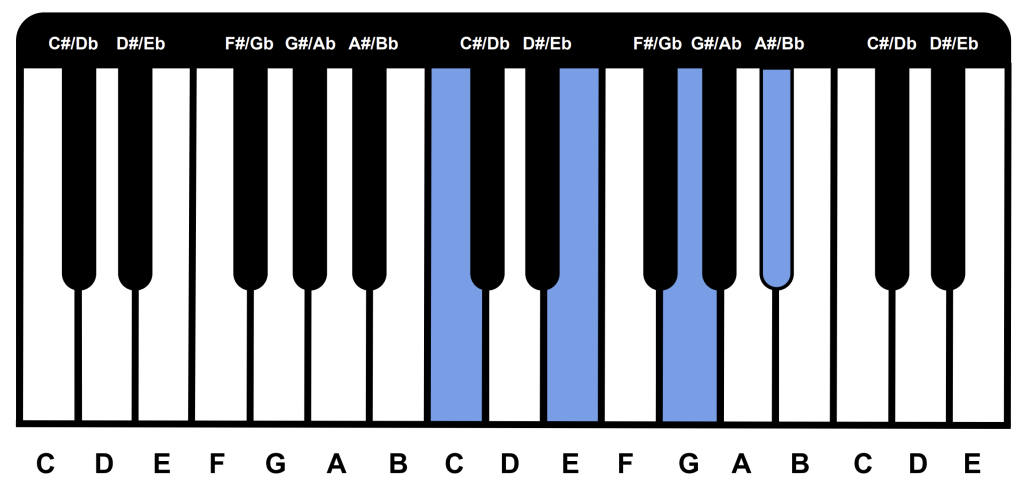
Drop 2
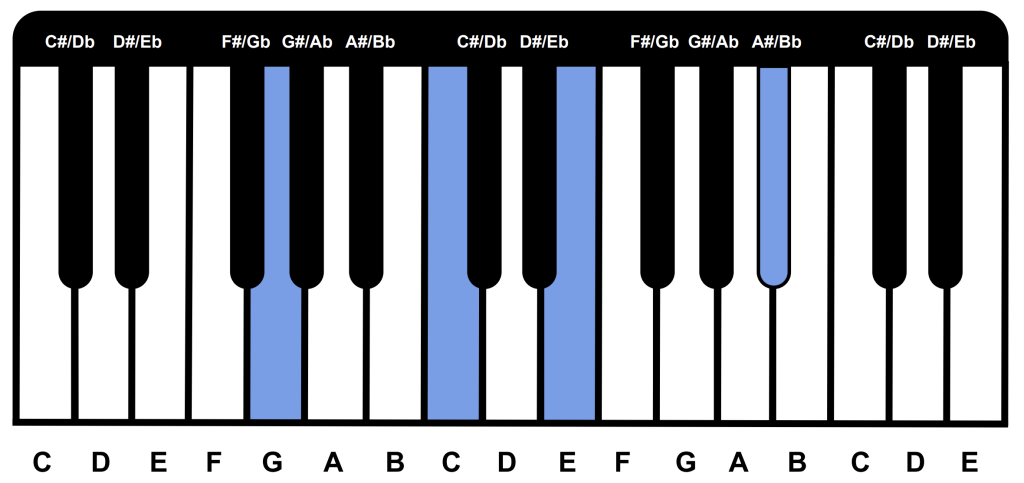
We simply move the 2 voice an octave down.
Drop 3
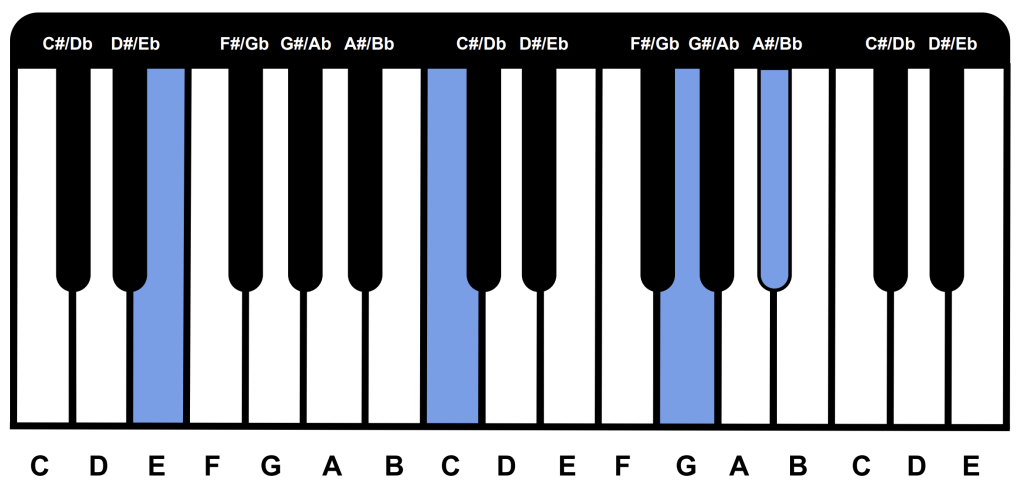
For Drop 3, we simply move the 3rd voice down an octave.
Drop 2 + 3
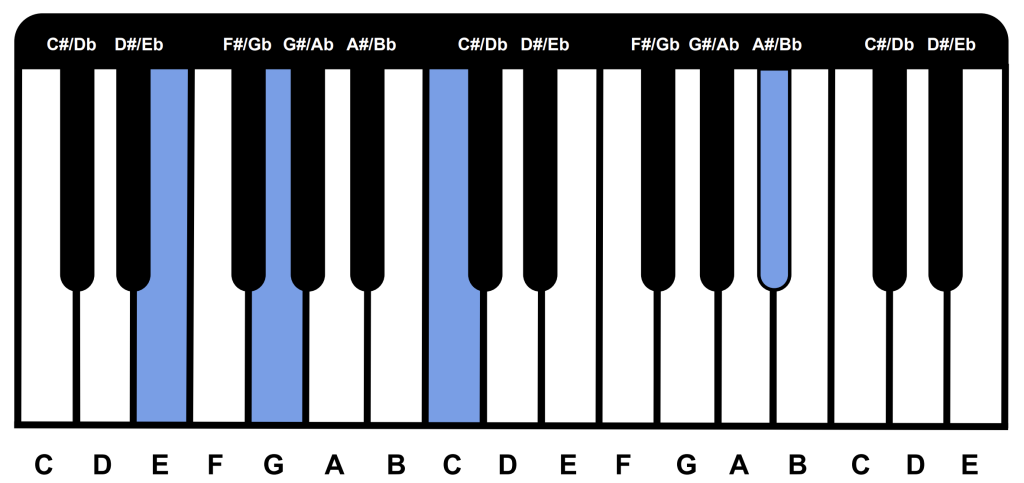
For drop 2+3, we move the 2nd + 3rd voices down an octave.
Drop 2 + 4
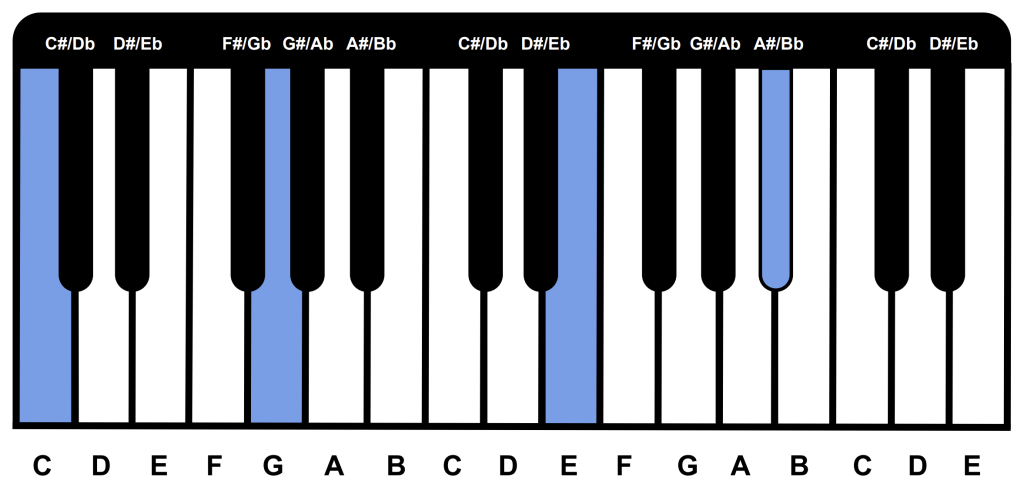
For Drop 2+4, we move the 2nd + 4th voice down an octave.
These were the drop voicings for the normal voicing; however, the first, second, and third inversions can also be turned into drop voicings. If you want to study more about drop voicings, Rick Beato has a solid tutorial on it.
If You'd Like to Know More About Theory...Try My Books!
Other Chord Extensions
| Chord Name | Notes |
|---|---|
| Major Chords | |
| CMaj7 | C, E, G, B |
| CMaj9 | C, E, G, B, D |
| CMaj#11 | C, E, G, B, F# |
| CMaj13 | C, E, G, B, A |
| CMaj9(add13) | C, E, G, B, D, A |
| Minor Chords | |
| Cmin7 | C, Eb, G, Bb |
| Cmin9 | C, Eb, G, Bb, D |
| Cmin11 | C, Eb, G, Bb, F |
| Cmin13 | C, Eb, G, Bb, A |
| Dominant Chords | |
| C7 | C, E, G, Bb |
| C9 | C, E, G, Bb, D |
| C11 | C, E, G, Bb, F |
| C13 | C, E, G, Bb, A |
| Half Diminished Chords | |
| C-7b5 | C, Eb, Gb, Bb |
Read my ultimate guide on how to learn the bass guitar in the link below!

Howard Head
I turn confused bass enthusiasts into bass gods through a simple and logical process.


